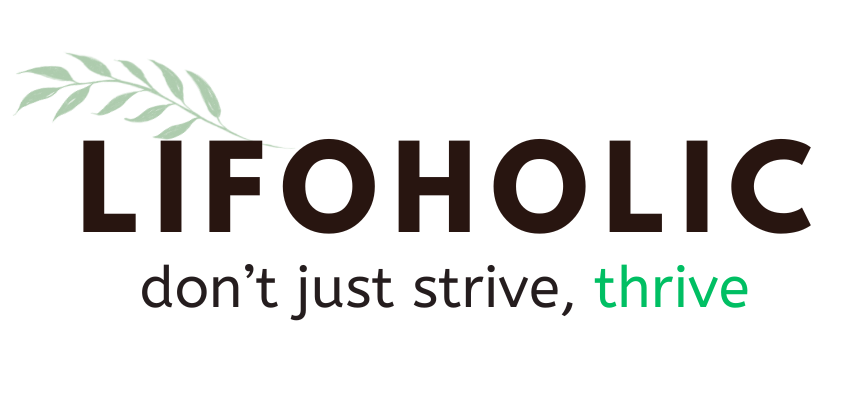Zoe Myers, a high school junior from Minneapolis, lights a lavender candle every night before she studies. She sets a timer, silences her phone, and opens her planner with the quiet precision of someone at war with distraction. “I thought I had no attention span,” she says, “but the world around me was designed to steal it.” Her story is not unusual. Today, learning how to focus while studying has become a high-stakes pursuit.
With attention under siege from digital chaos and mental overload, students are reclaiming their cognitive space using rituals, science, and structure—one study session at a time.
Inside the Modern Mind: Why Students Struggle to Stay on Task
The average student is interrupted every 7.3 minutes, according to a joint study from three U.S. universities. Even a silent phone on a desk reduces memory recall by 12 percent. Experts call this “attentional residue”—the cognitive drag left behind when multitasking. “Your brain can’t fully return to the task at hand,” explains Dr. Margaret Chang, a cognitive researcher at MIT. Screens, tabs, and app notifications aren’t minor irritants.
They’re structural threats to learning. Understanding how to focus while studying begins with acknowledging that your attention is constantly being negotiated—and that reclaiming it requires deliberate environmental and mental design.
One Student, Two Methods: What Focused Study Really Looks Like
Elijah Brooks, a sophomore literature major in Ohio, ran his own experiment. Half his study sessions included his phone within reach. In the other half, it was powered off across the room. The difference was immediate: he retained more, finished readings faster, and recalled more during discussions. “It wasn’t just efficiency,” he recalls. “It felt calmer, more immersive.” Focus, he discovered, wasn’t about willpower but design.
Learning how to focus while studying came down to protecting his space, managing time intentionally, and giving his mind permission to go deep—without the tension of resisting constant alerts and interruptions.
“Students who train their minds like athletes—through daily mental routines—improve concentration by up to 42%. Mastering how to focus while studying isn’t about talent. It’s about showing up with intention every day.”
— Dr. Leah Grant, Cognitive Performance Researcher
How to Focus While Studying in a World Engineered for Distraction
The architecture of distraction is invisible, yet ever-present: tabs left open, background music, a buzzing group chat. Attention now requires defense. Study experts recommend a minimalist desk setup: one device, one goal, no digital clutter. Psychologist Ayesha Farrell says repeated sensory cues—like a specific lamp, tea, or scent—help the brain associate that moment with deep work. “Your brain recognizes the pattern and activates the right mental state,” she explains.
Even the switch from overhead lights to a warm desk lamp can prime the mind. Creating these small, repeatable cues is a critical part of how to focus while studying effectively.
Designing a Focus-First Study Space That Actually Works
Great studying begins before the first sentence is read. It starts with space. Stanford’s behavioral studies show that tidy, personalized environments can improve cognitive performance by up to 28 percent. Students who build focus zones—quiet corners with consistent lighting, minimal decor, and limited sensory input—enter learning mode faster. The secret lies in environmental familiarity.
“Your space becomes a cue,” says interior psychologist Linda Rozek. “It says: this is where learning happens.” It’s not about perfection but repetition. With time, your mind learns the visual and spatial grammar of study. That is the foundation of how to focus while studying sustainably.
Why Time Blocking Helps You Learn More in Less Time
Brains are not built for marathons. Stanford researchers found that our attention peaks in 50–90 minute waves. Past that, performance drops and mental fatigue rises. Students now embrace time blocking: structured intervals like 50 minutes of study followed by a 10-minute break. Apps like Focus Keeper and Pomofocus help anchor this rhythm. “It’s not about more hours,” says Jordan Liu, a learning coach. “It’s about optimizing the hours you already give.” Time blocking respects the brain’s limits. It transforms sprawling late-night study into focused, bite-sized wins—and that structure is the backbone of how to focus while studying for long stretches.
Sleep, Nutrition, and the Hidden Fuel of Academic Success
No concentration method can override biology. A University of Pennsylvania study found that students who slept 7–9 hours scored 40 percent higher on content retention than those who averaged less. Hydration and diet are equally critical. Sugary snacks and caffeine spikes create false energy followed by steep crashes. “Focus needs fuel,” says Dr. Naomi Feld, a nutritionist who works with college athletes. “Brains thrive on hydration, protein, and steady glucose.” Eggs, blueberries, and walnuts beat energy drinks every time. Students who want to know how to focus while studying must treat their bodies not as accessories, but as essential machinery.
How to Focus While Studying Without Burning Out

Sustainable focus is not a sprint. It’s a system of manageable repetition. High performers know burnout isn’t caused by effort, but by effort without strategy. Experts recommend daily rituals: a three-minute breathing exercise, a written goal, and a consistent start time. These anchor routines send predictable signals to the brain. In one Harvard study, students using rituals entered flow 30 percent faster. Focus then becomes an instinct, not a grind. That’s the heart of how to focus while studying without exhausting your willpower. Clarity emerges not from pushing harder—but from designing a routine that respects both brain and body.
Daily Rituals That Trigger Deep Concentration Instantly
Rituals prime the brain for performance. For Zoe Myers, it’s lighting a candle and reviewing her planner. For others, it’s stretching or listening to lo-fi jazz. The act itself matters less than its consistency. Behavioral science supports this: repetition builds neural associations. According to The Journal of Behavioral Science, students who adopted a three-step pre-study ritual showed a 29 percent faster entry into flow states. The message is simple: don’t wait for motivation. Create it. Students who develop these small habits not only learn how to focus while studying—they learn to make focus automatic, predictable, and even enjoyable.
Turning Attention Into a Measurable Metric with Focus Logs
If attention is currency, it must be budgeted. Students across the country now track study hours using analog journals or apps like Clockify and Toggl. The goal is not perfection, but pattern recognition. “I noticed I worked better between 9 and 11 a.m.,” says Elijah Brooks, who started logging his sessions last semester. “Once I saw that trend, I protected that time.” Focus logs turn the abstract into data. They reveal when you’re most productive and what derails you. For anyone learning how to focus while studying, measurement becomes motivation—and knowledge becomes a personal blueprint for better results.
Why Boredom Is the First Sign of Deep Study, Not a Red Flag
Focus is not always flow. At first, it feels uncomfortable—too quiet, too slow. But that discomfort is the brain resetting. “Boredom is the threshold before immersion,” explains Dr. Elaine Rudd, author of Still Minds Win. When students resist the urge to reach for stimulation, they train their cognitive stamina. Start with 10 minutes. Increase weekly. “Like physical training, focus must be built,” Rudd says.
Many mistake boredom for failure. In reality, it is a sign you are re-entering deep attention. That uncomfortable moment? It is the first signal you are learning how to focus while studying—and building mental resilience.
Related – Which Skill Is a Key Driver for Success in the Modern World?
Tools That Work: 10 Websites and 10 Apps That Help You Focus While Studying
While personal discipline is foundational, the right digital tools can turn your focus routine from guesswork into a high-performance system. Whether you’re trying to eliminate distractions, track deep work hours, or reinforce learning through repetition, a carefully chosen digital toolkit can provide structure and support.
For students wondering how to focus while studying, these ten websites and ten apps represent some of the best resources available in 2025—designed to help you reclaim your time, sharpen your attention, and build lasting study habits.
10 Focus-Friendly Websites
- Brain.fm – AI-generated soundscapes designed to enhance cognitive focus and reduce mental noise.
- Noisli – Mix ambient sounds like rain, wind, and crackling fire to create a calming focus environment.
- Freedom – Blocks websites and apps across devices during scheduled sessions of uninterrupted work.
- Quizlet – Study using digital flashcards and quizzes with spaced repetition techniques for memory reinforcement.
- Khan Academy – Offers free educational content and practice exercises across a wide range of academic subjects.
- AnkiWeb – A powerful web-based flashcard system that customizes learning through intelligent spaced intervals.
- Toggl Track – Simple, browser-based time tracker for measuring and analyzing your study hours.
- Obsidian.md – A linked note-taking platform ideal for creating deep knowledge maps and study outlines.
- Pomofocus – Web-based Pomodoro timer designed for visual tracking of focused work intervals.
- Notion – All-in-one platform for managing tasks, taking notes, and structuring study schedules.
10 Must-Have Focus Apps
- Forest (iOS/Android) – Stay off your phone by growing a digital tree every time you complete a focus session.
- Cold Turkey (Windows/macOS) – Blocks apps and websites completely—even if you restart your computer.
- Freedom App – Syncs focus blocks across all devices and offers flexible scheduling.
- Study Bunny (iOS/Android) – Cute focus timer with habit tracking, rewards, and study goals.
- Clockify (iOS/Android) – Log your time by project, session, or subject to identify peak focus periods.
- Notion App – Mobile version of the all-in-one workspace for planning and organizing study material.
- AnkiMobile (iOS) / AnkiDroid (Android) – Spaced repetition flashcard app used by med students and language learners.
- Brain.fm App – Focus-specific soundtracks available offline for mobile study sessions.
- Endel App (iOS/Android) – Creates personalized, real-time sound environments based on your focus needs.
- Todoist – Task manager that helps you prioritize your day and manage study checklists with labels and filters.
The Quiet Advantage: Why Focus Will Be the Ultimate Academic Edge
Focus is a competitive advantage. In a classroom where everyone is half-present, the student who learns to focus fully will move faster, retain more, and stress less. That skill extends far beyond school. It strengthens clarity, communication, and confidence. And it begins not with hacks—but with habits. “I used to think I was lazy,” Zoe Myers reflects. “Now I know I just didn’t have a system.”
For those seeking how to focus while studying, that system is not one-size-fits-all. But the outcome is shared: a calmer mind, clearer goals, and control over what matters most.





